UFO PHOTOGRAPHS TAKEN BEFORE PHOTOSHOP EXISTED.
The picture below is allegedly a real UFO taken with lenses that Commander Graham Bethune (deceased) developed. A former pilot with a top-secret clearance. He was a VIP Plane Commander who flew most of the high-ranking officers and civilians from Washington, DC.

1937 – UFO OVER VANCOUVER CITY HALL
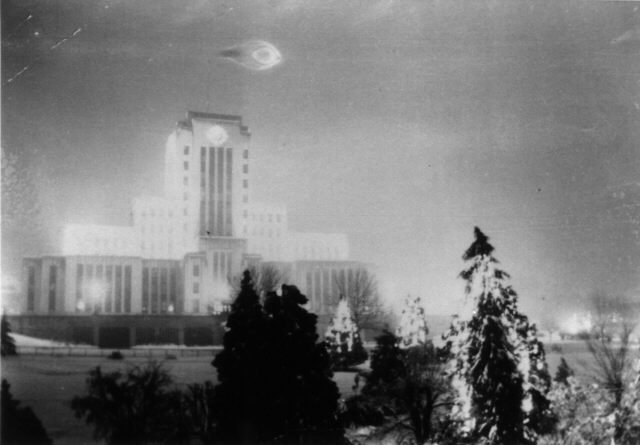
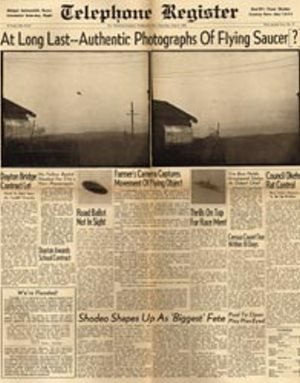
1950 The McMinnville UFO Case, Oregon
Considered to be Among the most Famous Photo Ever Taken of a UFO
McMinnville UFO photographs
McMinnville UFO photographs
The McMinnville UFO photographs were taken on a farm near McMinnville, Oregon in 1950. The photos were reprinted inLIFE magazine and in newspapers across the nation, and are often considered to be among the most famous ever taken of a UFO. The photos remain controversial, with many UFO researchers claiming they show a genuine, unidentified object in the sky, while many UFO skeptics claim that the photos are a hoax.
The incident
At 7:30 pm on May 11, 1950 Evelyn Trent was walking back to her farmhouse after feeding rabbits on her farm. Mrs. Trent and her husband Paul lived on a farm approximately nine miles from McMinnville. (Clark, p. 372) Before reaching the house she spotted a “slow-moving, metallic disk-shaped object heading in her direction from the northeast.” (Clark, 372) She yelled for her husband, who was inside the house, and he came out and also saw the object. After a short time he went back inside the house to obtain a camera. He managed to take two photos of the object before it sped away to the west; Paul Trent’s father also briefly viewed the object before it flew away. (Clark, 372)
Publicity and investigation
It took some time for Paul Trent to have the film developed, and he apparently sought no publicity immediately following the incident. (Clark, 373) When he mentioned the incident to his banker, Frank Wortmann, the banker was intrigued enough to display the photos from his bank window in McMinnville. (Clark, 373) Shortly afterwards Bill Powell, a local reporter, convinced Mr. Trent to loan him the negatives. Powell examined the negatives and found no evidence that they were tampered with or faked. (Clark, 373) On June 9, 1950 Powell’s story of the incident – accompanied by the two photos – was published in the local McMinnville newspaper. The story and photos were subsequently picked up by the International News Service (INS) and sent to other newspapers around the nation, thus giving them wide publicity. (Clark, 373) LIFE magazine published the photos in July 1950. The Trents had been promised that the negatives would be returned to them; however, they were not returned – LIFE magazine told the Trents that it had misplaced the negatives. (Clark, 373)
In 1967 the negatives were found in the files of the United Press International (UPI), a news service which had merged with INS years earlier. (Clark, 374) The negatives were then loaned to William Hartmann, an astronomer who was working as an investigator for the Condon Committee, a government-funded UFO research project based at the University of Colorado at Boulder. (Clark, 374) The Trents were not immediately informed that their “lost” negatives had been found. Hartmann interviewed the Trents and was impressed by their sincerity; the Trents never received any money for their photos, and he could find no evidence that they had sought any fame or fortune from them. (Clark, 375) In Hartmann’s analysis, he wrote to the Condon Committee that “This is one of the few UFO reports in which all factors investigated, geometric, psychological, and physical, appear to be consistent with the assertion that an extraordinary flying object, silvery, metallic, disk-shaped, tens of meters in diameter, and evidently artificial, flew within sight of two witnesses.” (Clark, 375)
After Hartmann concluded his investigation he returned the negatives to UPI, which then informed the Trents about them. In 1970 the Trents asked Philip Bladine, the editor of the McMinnville Register, for the negatives; the Trents noted that they had never been paid for the negatives and thus wanted them back. (Clark, 374) Bladine asked UPI to return the negatives, which it did. However, for some reason Bladine never told the Trents that the negatives had been returned. (Clark, 374) In 1975 the negatives were found in the files of the Register by Dr. Bruce Maccabee, an optical physicist for the U.S. Navy and a ufologist. Maccabee did his own extensive analysis of the negatives and concluded that they were not hoaxed and showed a “real, physical object” in the sky above the Trent’s farm. (Clark, 373) He then ensured that the negatives were finally returned to the Trents.
In the 1980s two UFO skeptics, Philip Klass and Robert Sheaffer, would argue that the photos were faked, and that the entire event was a hoax. Their primary argument was that shadows on a garage in the left-hand side of the photos proved that the photos were taken in the morning rather than in the early evening, as the Trents had claimed. Klass and Sheaffer argued that since the Trents had apparently lied about the time the photos were taken, their entire story was thus suspect. (Clark, 375) They believed that the Trents had suspended the “UFO” from power lines visible at the top of the photos; and that the object may have been the detached rear-view mirror of a vehicle. When Sheaffer sent his studies on the case to William Hartmann, Hartmann withdrew the positive assessment of the case he had sent to the Condon Committee. However, Dr. Maccabee offered a rebuttal to the Klass-Sheaffer theory by arguing that cloud conditions in the McMinnville area on the evening of the sighting could have caused the shadows, and that a close analysis of the UFO indicated that it was not suspended from the power lines and was in fact located some distance above the Trent’s farm; thus, in his opinion, the Klass-Sheaffer theory was flawed. (Clark, 375)
Aftermath
Today the Trent/McMinnville photographs remain among the best-publicized in UFO history; and are among the most-discussed and debated. To many ufologists, the two photos rate as being among the most reliable and persuasive in arguing for the existence of UFOs as a “real”, physical phenomenon. To many skeptics, however, the photos are likely hoaxes and/or fakes. Evelyn Trent died in 1997 and Paul Trent in 1998; they both insisted to their deaths that their sighting, and the photos, were genuine. The interest surrounding the Trent UFO photos led to an annual “UFO Festival” being established in McMinnville; it is now the largest such gathering in the Pacific Northwest, and is the second-largest UFO “festival” in the nation after the one held in Roswell, New Mexico.
References
The UFO Book: Encyclopedia of the Extraterrestrial. Jerome Clark, author. Visible Ink Press, 1998. Pgs. 372-375
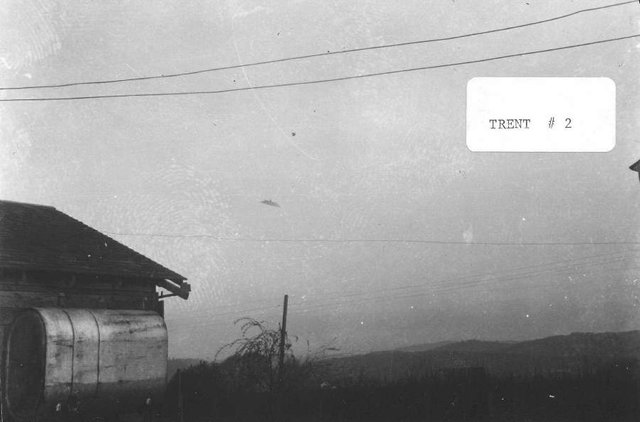
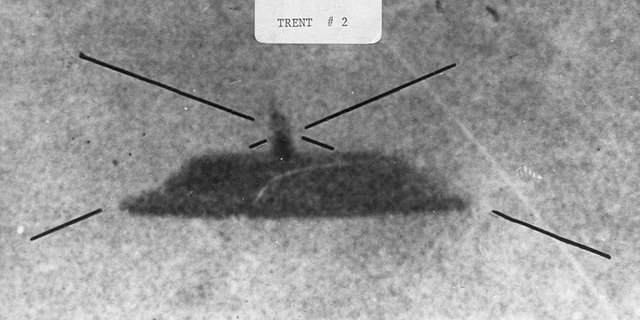
The photo below was taken by Edward Pline at a sawmill in Ward, Colorado, in 1929. As he was taking the photo, Pline described hearing a ‘terrible, thunderous bellow’ and seeing an object floating in the sky
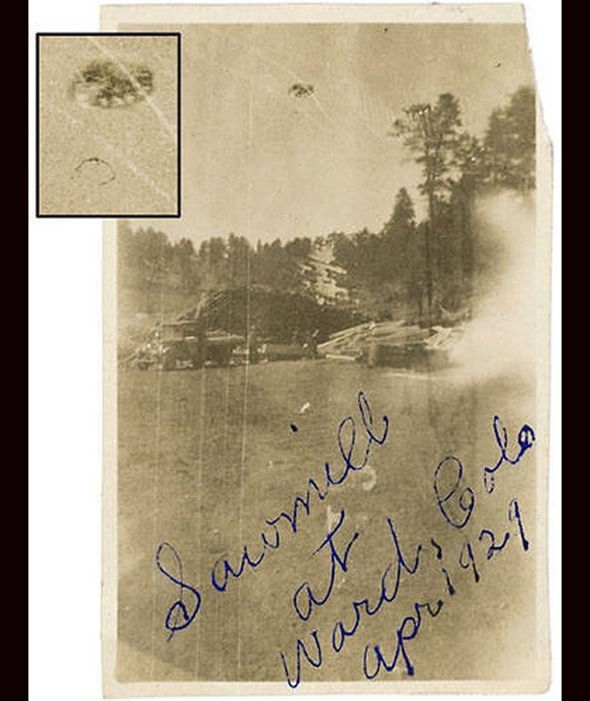
The photograph below shows an unidentified flying object spotted in the sky over Tiensten, Hopeh Province, China, in 1942
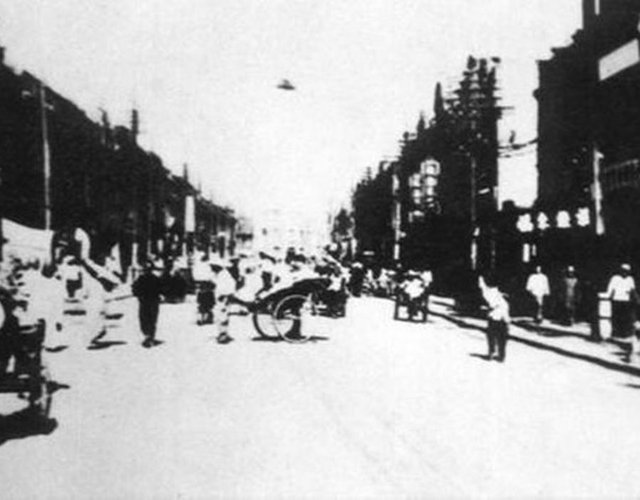
Not much is known about the photograph below, other than that it was taken somewhere in England in 1944
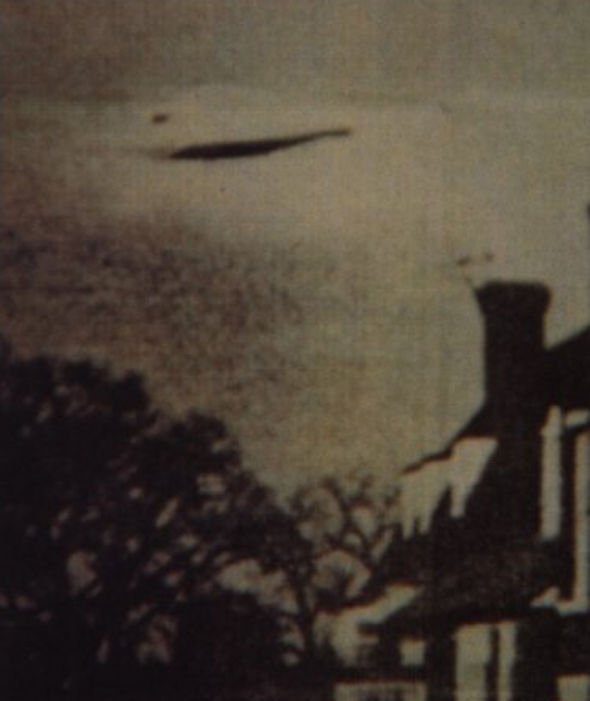
Taken at Mt Washington, New Hampshire in 1870, this photo is understood to be ‘the oldest UFO photograph ever taken. In 2002, it was auctioned on Ebay and sold for $385
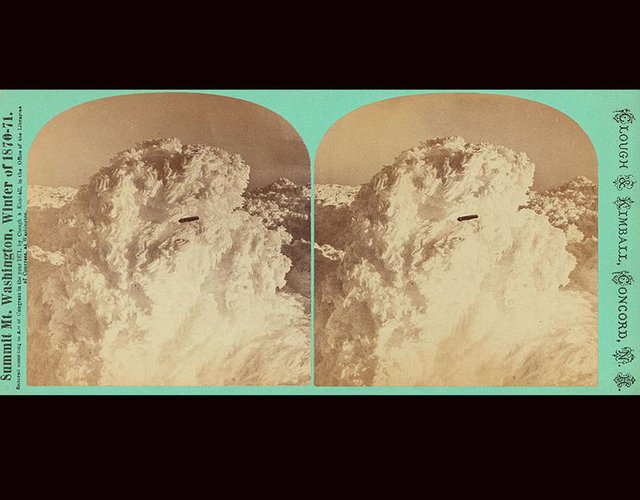
Los Angeles, February 25, 1942, 02:25 PM-Alarm sirens installed in the event of a Japanese air raid are started as flying objects are seen and announced in the sky. A blackout is declared and the anxious and even terrified inhabitants follow the instructions by turning all the lights off. 03:16 PM Anti-aircraft guns open fire on the unidentified flying objects coming from the ocean, and projector beams are searching the sky. Witnesses observe small objects flying at high altitude, of red or silver plated color, moving in formation at high speed, and untouched by more than 150o large caliber artillery shells. This large object was unhurt by many AAA projectiles, according to the reports. Usually known as photograph from the Battle of Los Angeles.
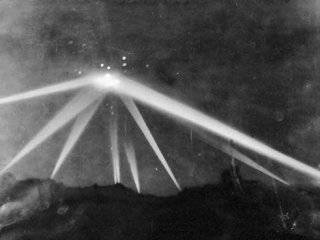
September 4, 1971-An official mapping aircraft of the Costa Rican government took the photograph below. The aircraft was flying at 10,000 feet over Lago de Cote. An investigation could not identify the object as a “known” aircraft. Debunkers took some stabs at it, but it is still recognized as authentic by most investigators. No “earthly” explanation has ever been given.
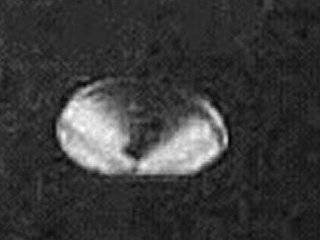
Washington D. C. 1952. During the dawn of Ufology in the United States, unidentified flying objects made themselves known to the leaders of the free world, buzzing over the White House, the Capitol building, and the Pentagon. Seemingly the unknown objects were defying the very governmental agencies sworn to protect the United States from foreign powers. Washington National Airport and Andrews Air Force Base picked up a number of UFOs on their radar screens on July 19, 1952, beginning a wave of sightings, unexplained to this day.
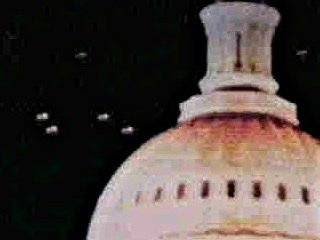
1972, Apollo 16, Moon mission dates: April 16-27, CDR: John W. Young, CMP: Kenneth Mattingly, LMP: Charles Duke. Importance of mission: Explored the Moon’s rocky central highlands. NASA archives (photo No AS16-114-18423) Mission Apollo 16 on the Moon. Astronaut Charles Duke photographed collecting lunar sample at Station 1. The UFO is seen at just right of top center. No explanation has been given for the object.

Twenty-one-year-old guardsman Shell Alpert took this photo from the window of a U.S. Coast Guard laboratory in Salem, Massachusetts, on July 16, 1952. The US Air Force’s Project Blue Book at first speculated that it was “probably” nothing more than street lamp reflections on the window, though many people—including a power-company work team and other soldiers who also witnessed the four bright egg-shaped lights—disagreed. Later, Project Blue Book reclassified the phenomenon as “unexplained.”
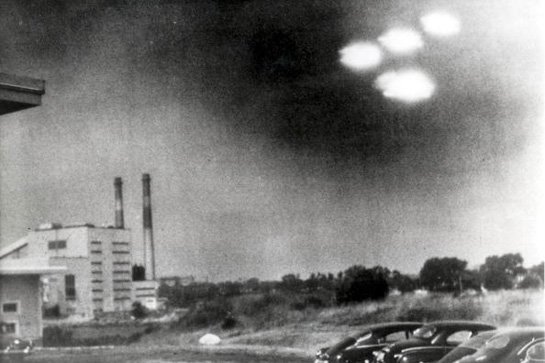
Great piccys !!!